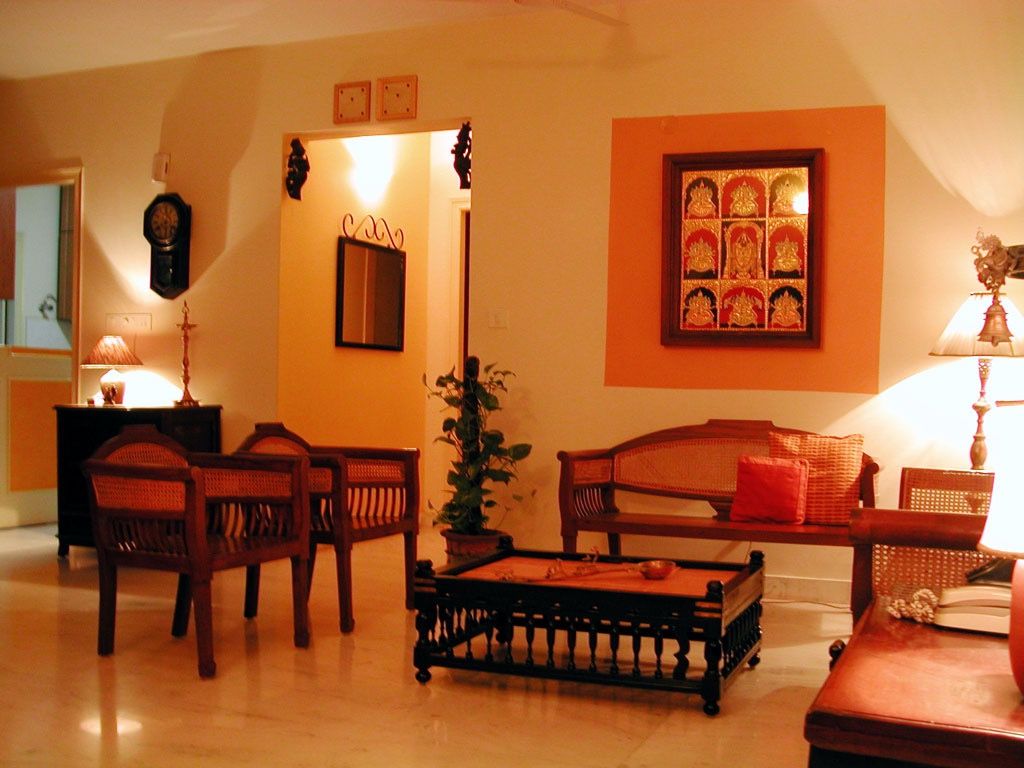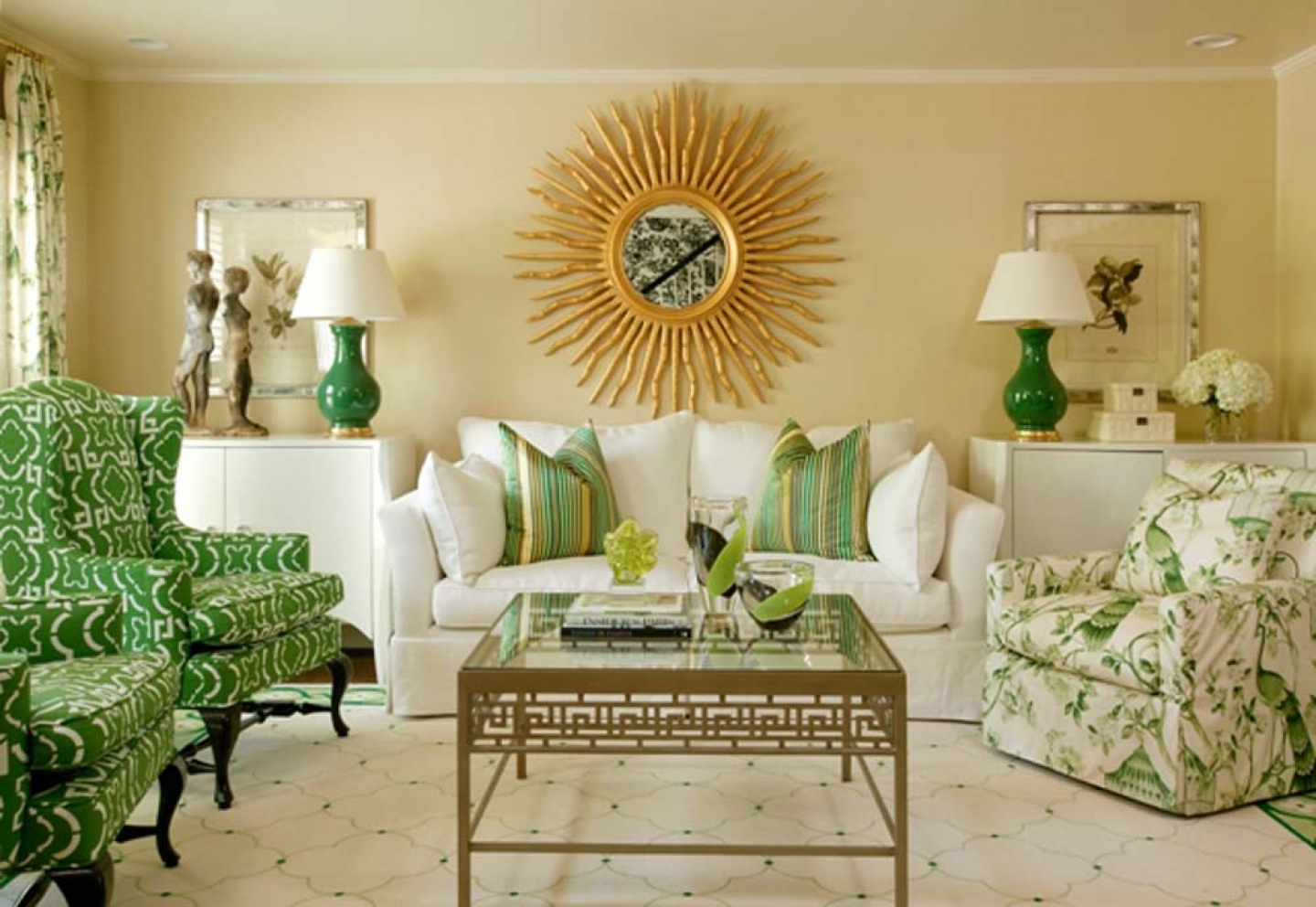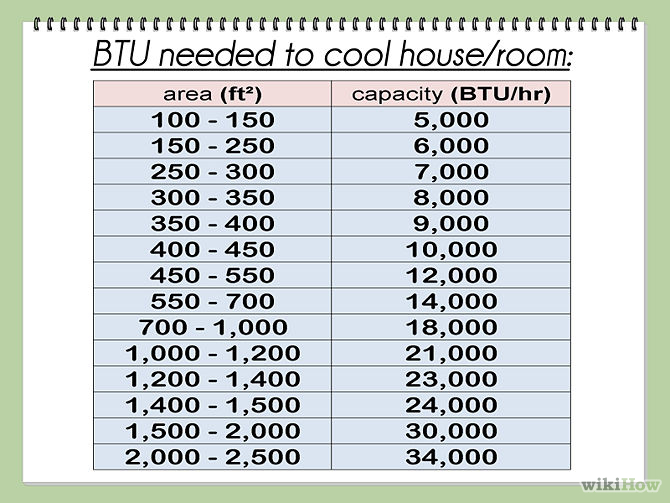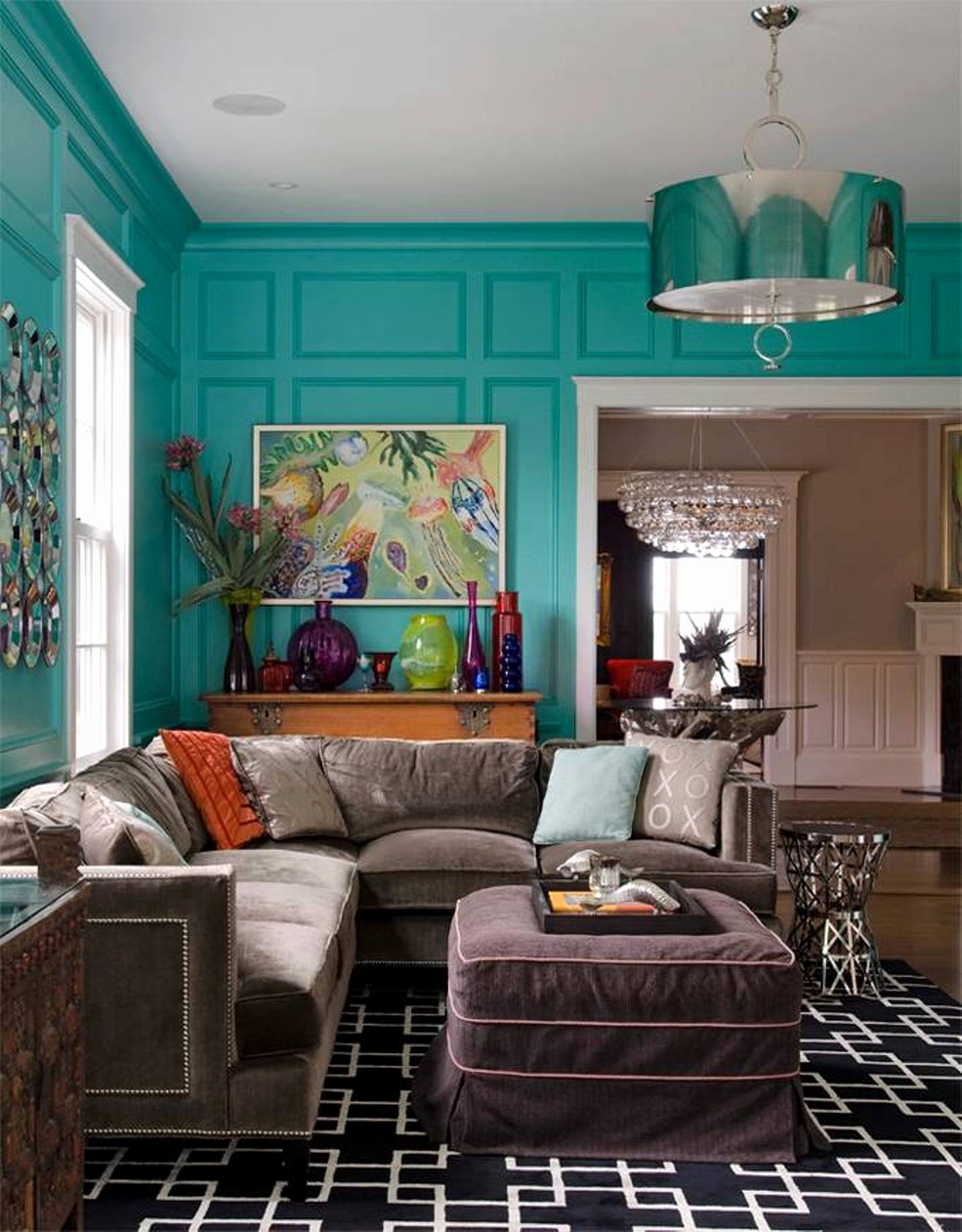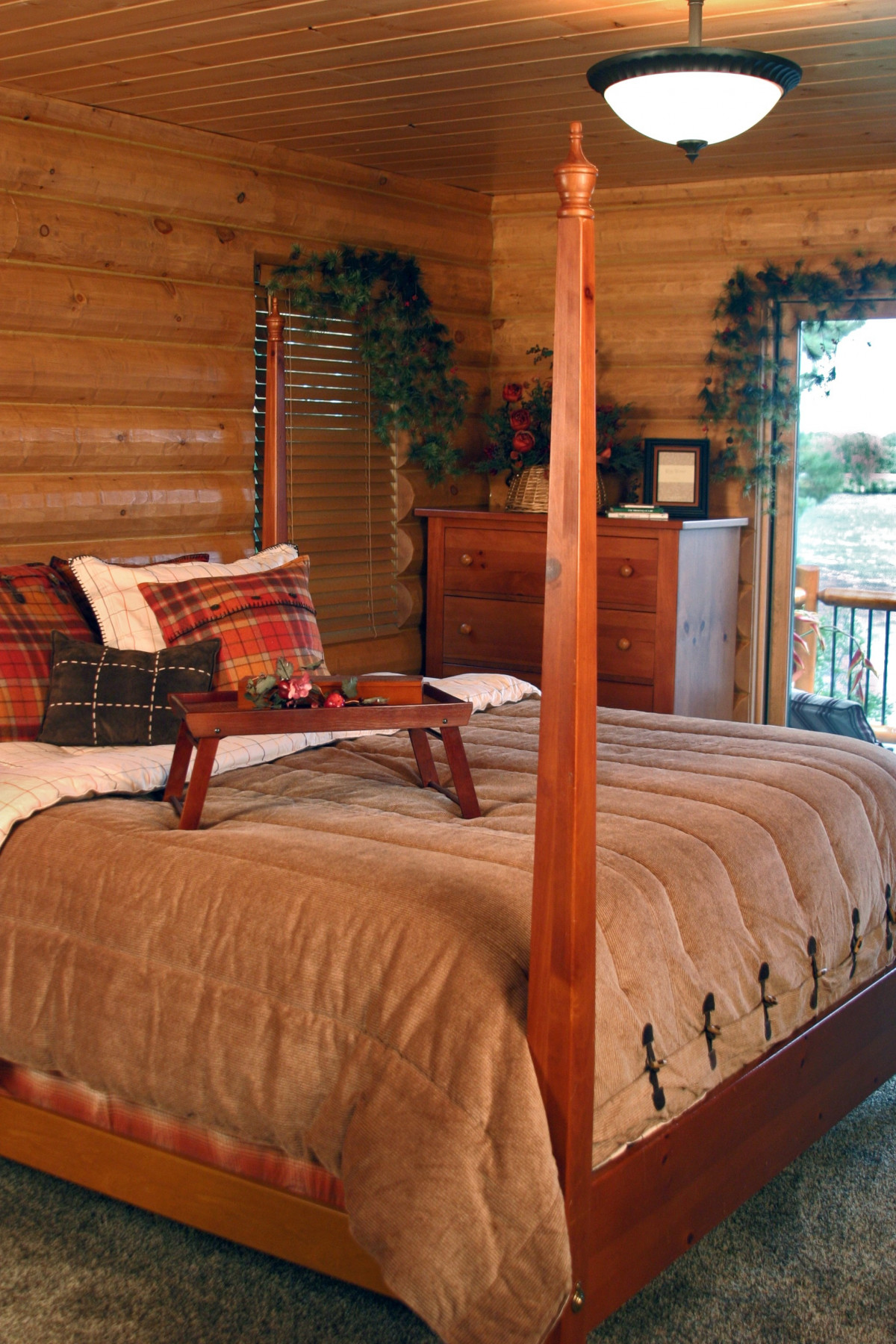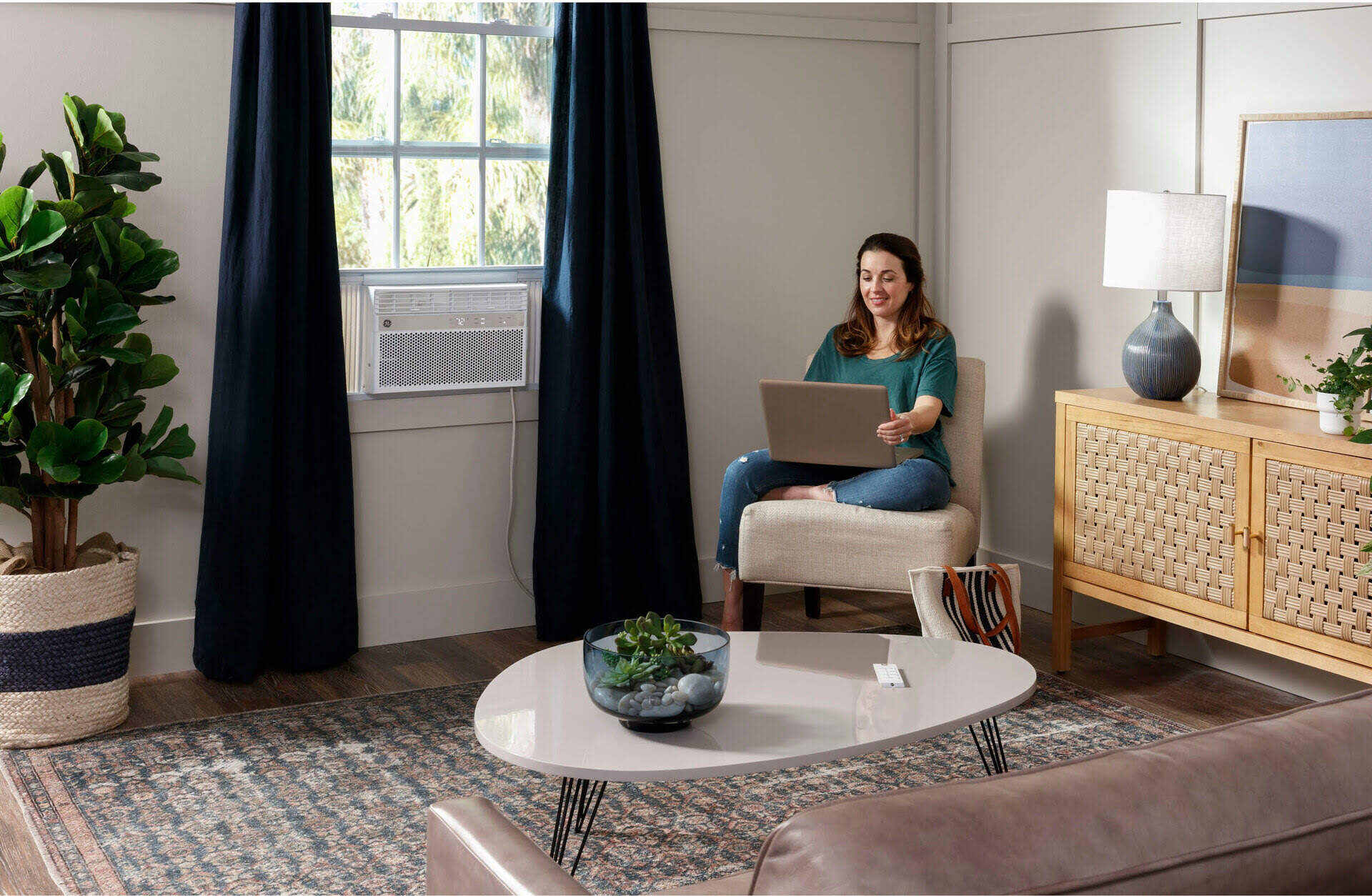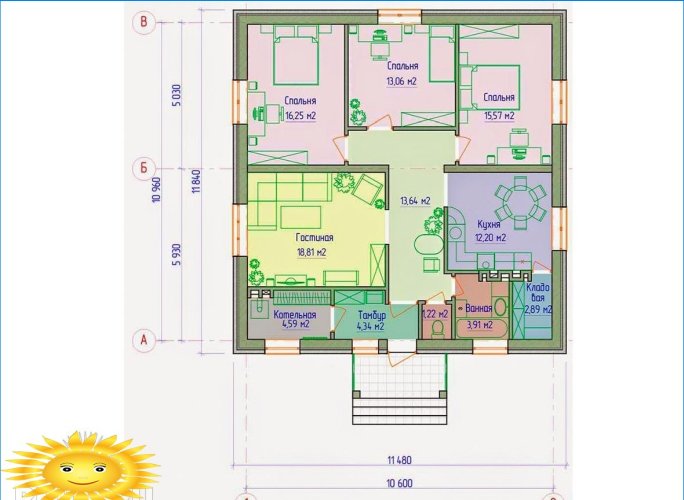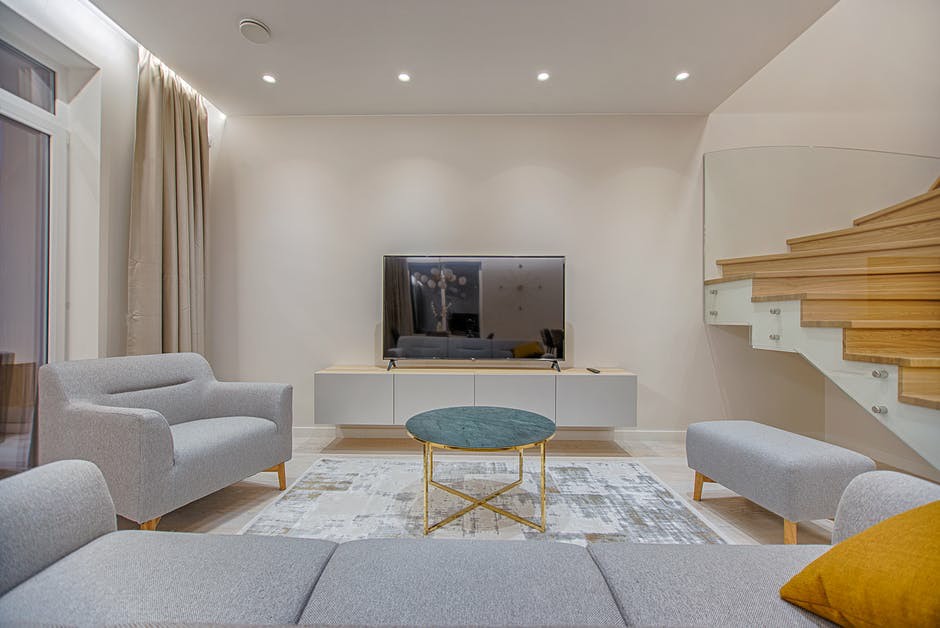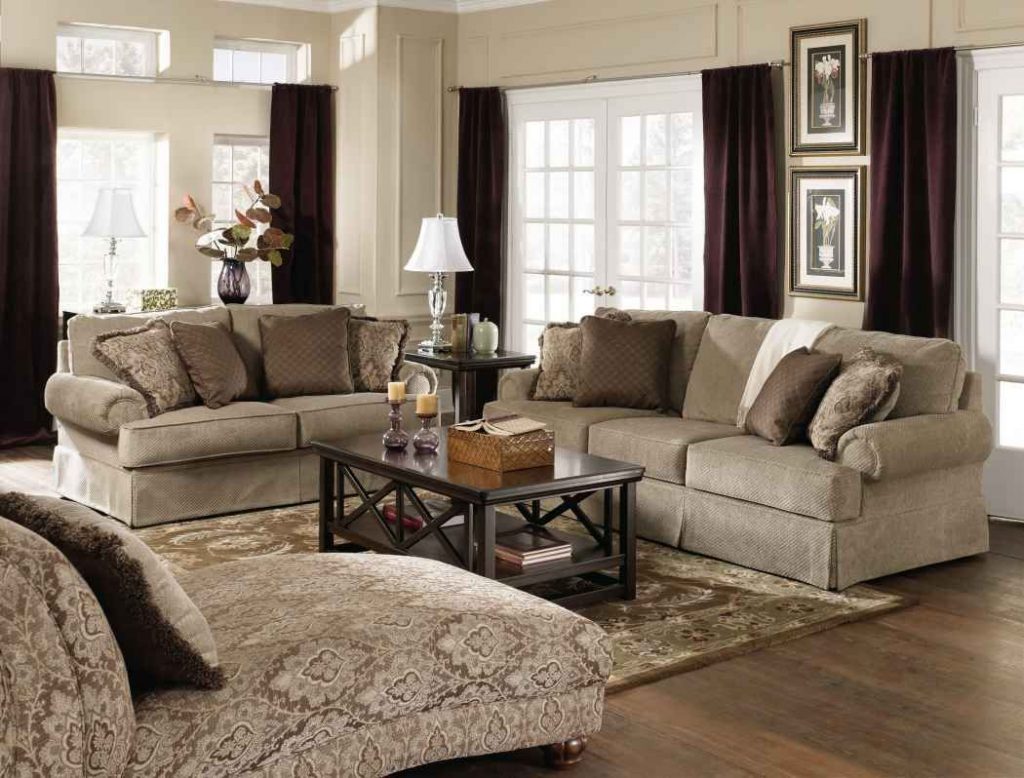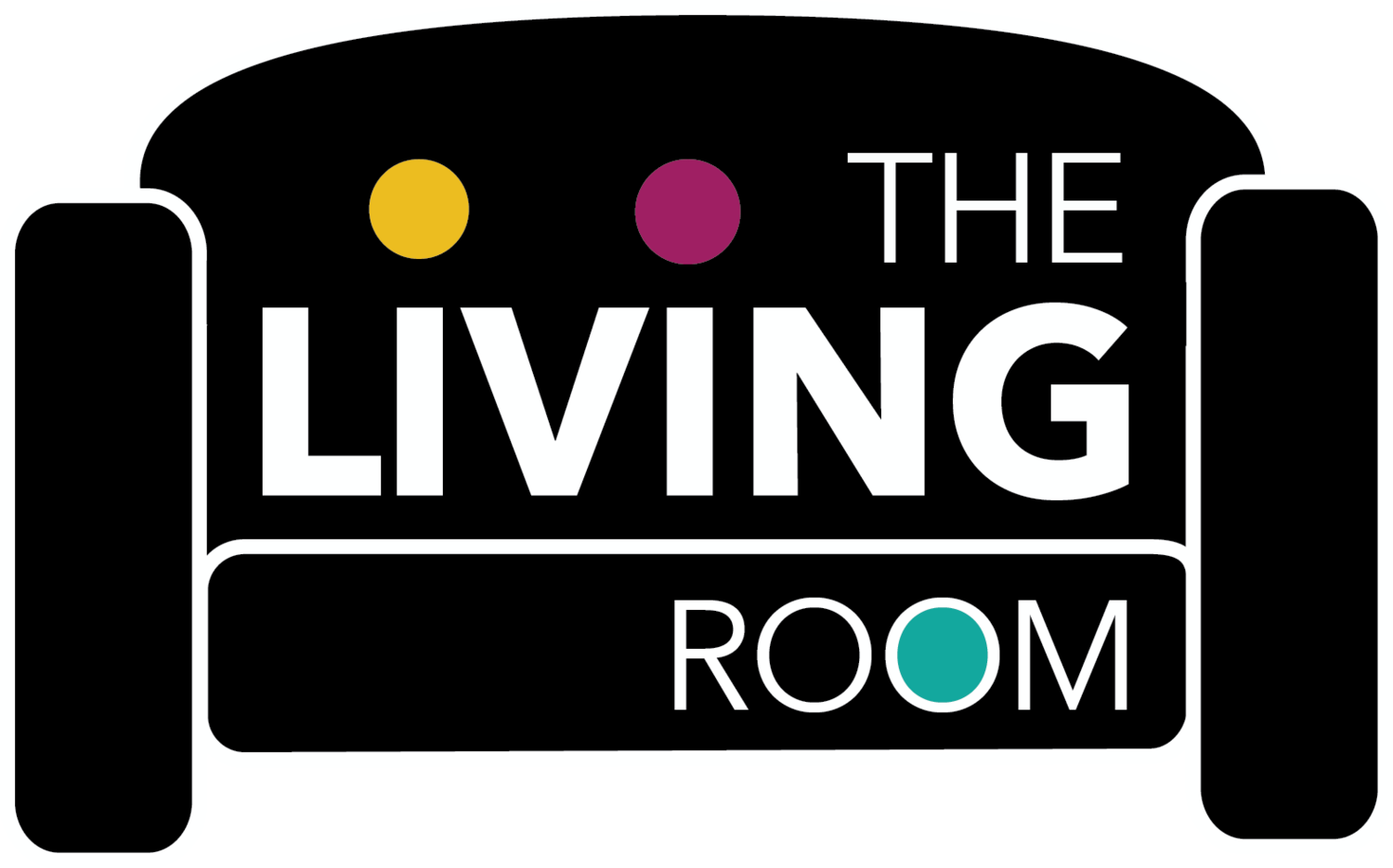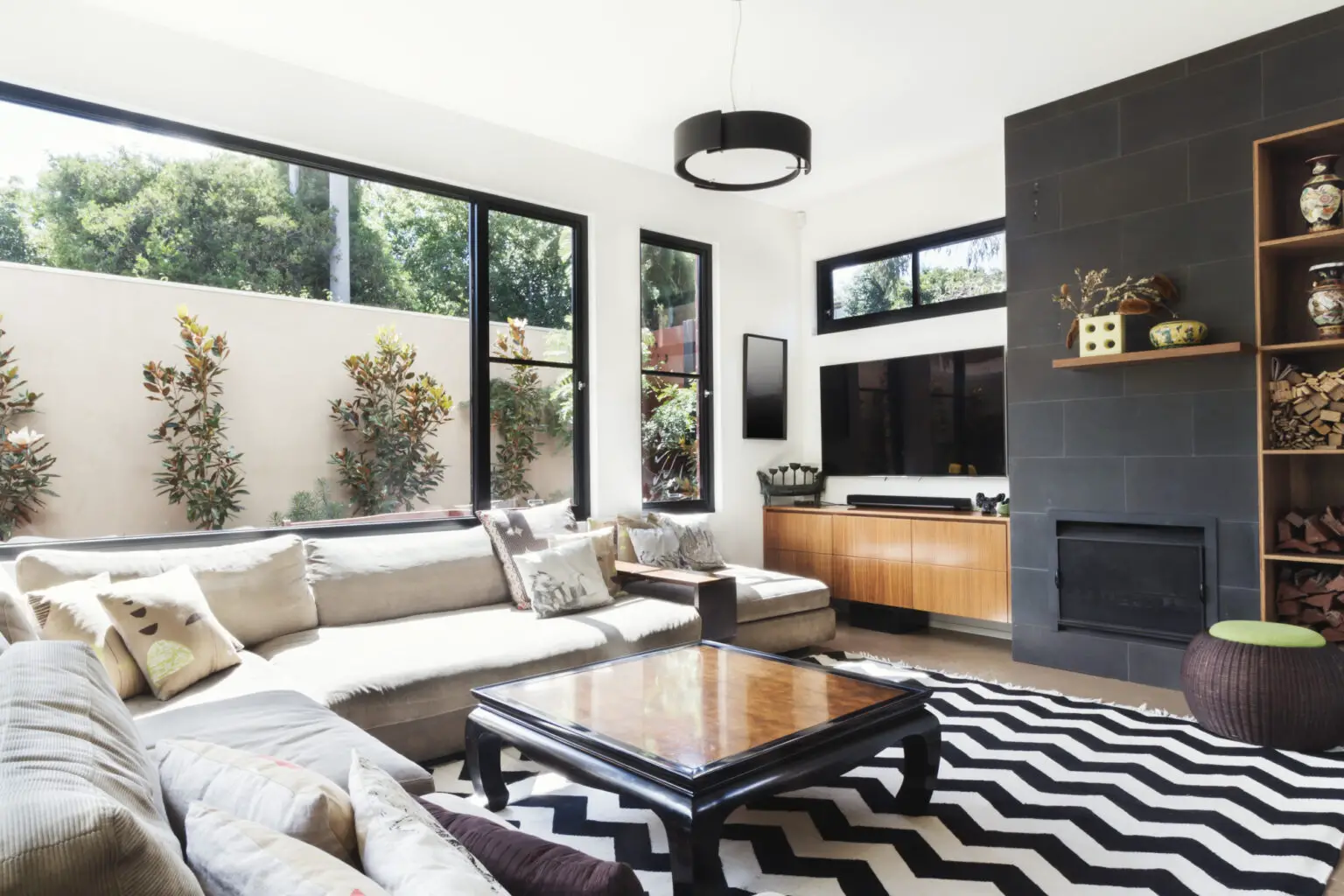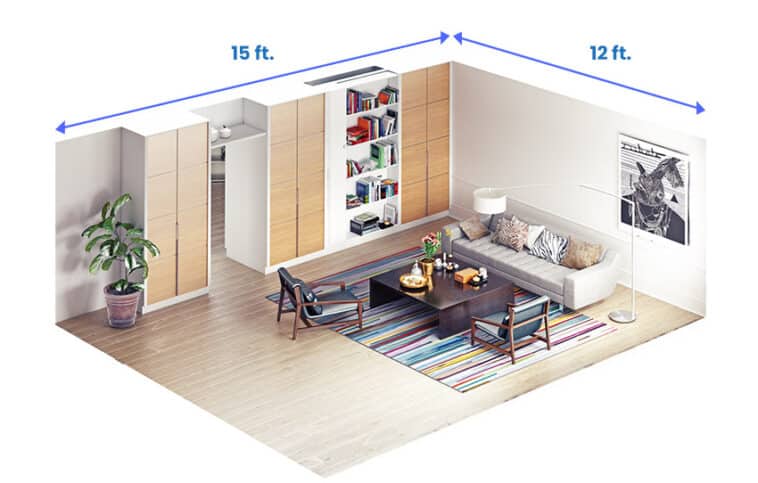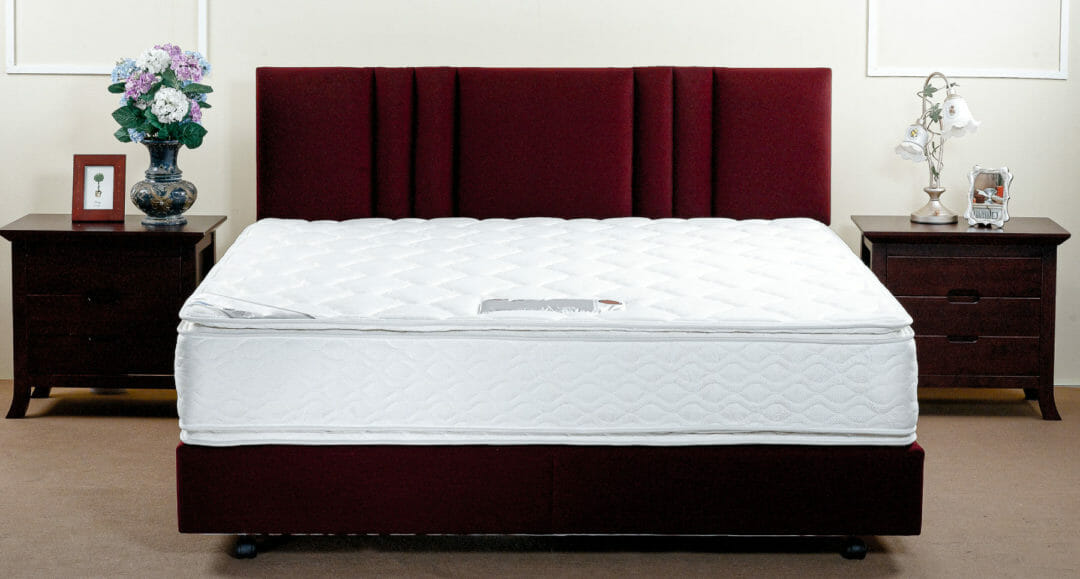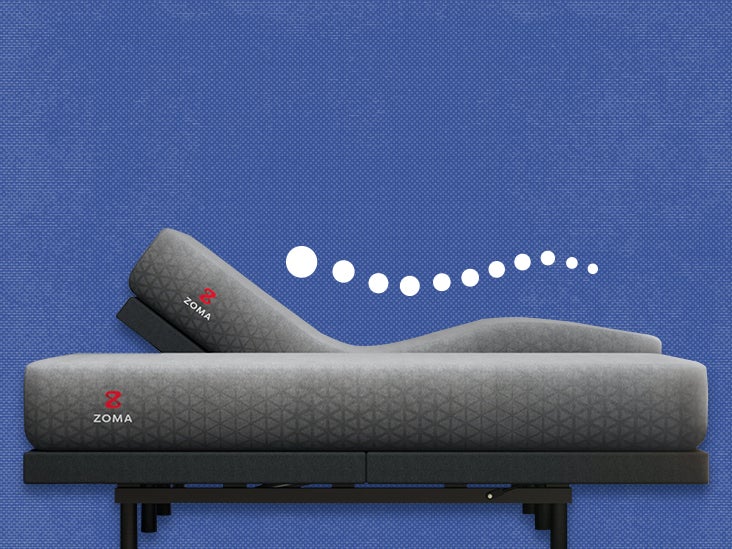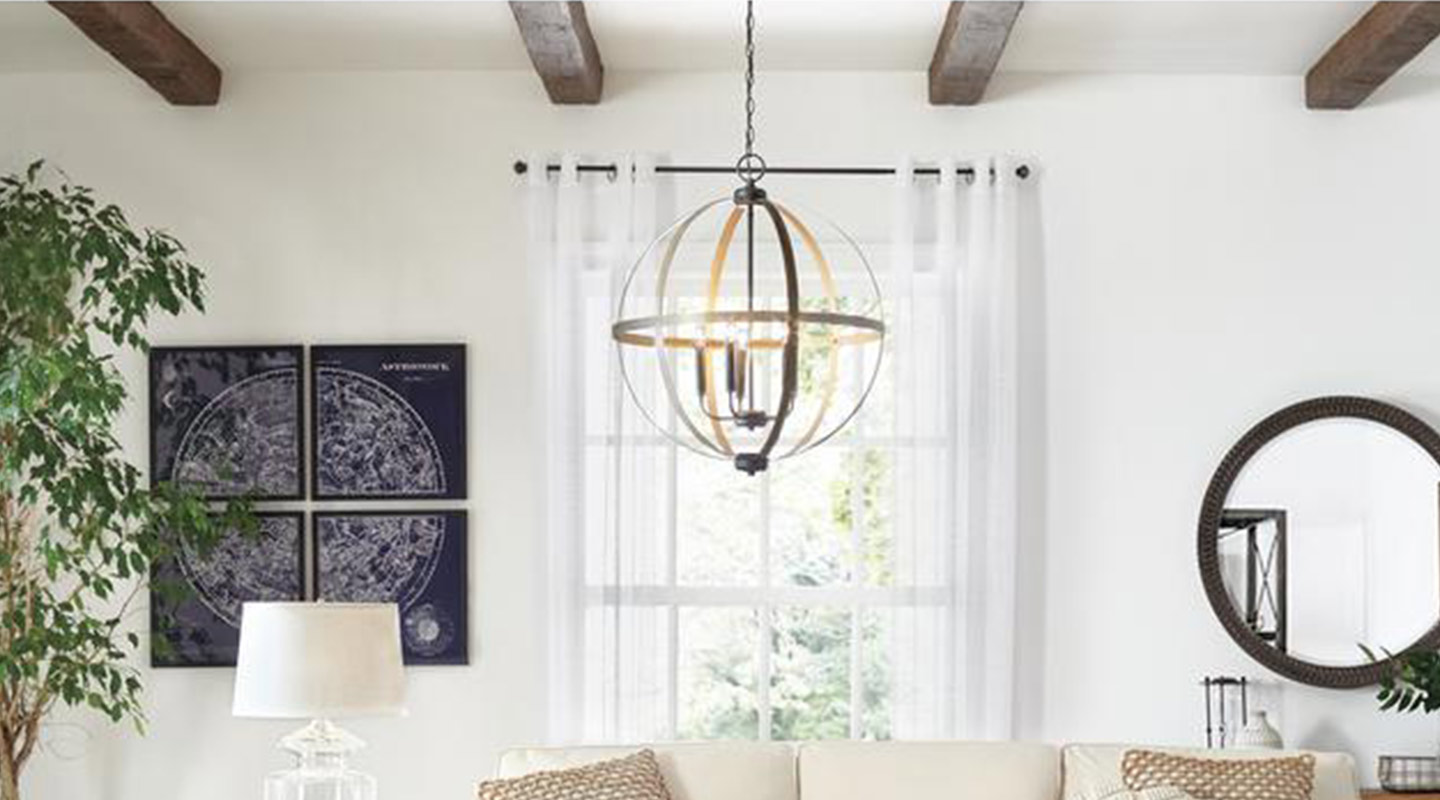Average Btu For A Living Room
When it comes to keeping your living room warm and cozy during the colder months, it's important to have the right amount of heating power. The average Btu for a living room can vary depending on the size of the room, insulation, and climate. In this article, we will discuss everything you need to know about the average Btu for a living room and how to determine the best Btu for your space.
What is the average Btu for a living room?
The average Btu for a living room can range from 5,000 to 20,000 Btu. However, the exact number will depend on various factors such as the size of the room, the ceiling height, and the level of insulation. For a small to medium-sized living room, 5,000 to 10,000 Btu is usually sufficient. Larger living rooms may require 10,000 to 20,000 Btu for optimal heating.
How many Btu do I need for a living room?
To determine how many Btu you need for your living room, you should first measure the dimensions of the room. Multiply the length by the width to get the square footage. For example, a 10x12 living room would have a square footage of 120 square feet. Next, you will need to factor in the ceiling height and insulation level.
If your living room has standard 8-foot ceilings and average insulation, you can use the following formula to calculate the Btu needed:
Square footage x 20 = required Btu
Using our example of a 120 square foot living room, this would require 2,400 Btu (120 x 20 = 2,400). However, if your living room has higher ceilings or poor insulation, you may need to increase the Btu calculation.
Btu calculator for living room
If you're not a fan of math, there are also Btu calculators available online to help you determine the right amount of heating power for your living room. These calculators take into account the size of your room, ceiling height, insulation, and climate to give you a more accurate Btu recommendation.
It's important to note that these calculators are just a guide and may not be entirely accurate for your specific living room. It's always best to consult with a professional HVAC technician for a more precise calculation.
Best Btu for living room
The best Btu for your living room will ultimately depend on your specific needs and preferences. However, it's important to choose a Btu that is powerful enough to heat your living room effectively without wasting energy. A Btu that is too high for your living room can lead to higher energy bills and uncomfortable temperatures.
It's recommended to choose a Btu that falls within the range of 5,000 to 20,000, depending on the size and other factors of your living room. It's always better to err on the side of caution and choose a slightly higher Btu if you're unsure.
How to determine Btu for living room
As mentioned, the best way to determine the right Btu for your living room is to consult with a professional HVAC technician. They will be able to take into account all the factors that affect the heating needs of your living room and provide you with an accurate Btu recommendation.
If you prefer to do it yourself, you can use the Btu calculator or follow the formula mentioned earlier in this article. Keep in mind that it's always better to choose a slightly higher Btu than to end up with a heater that is not powerful enough to heat your living room.
Btu requirements for living room
The Btu requirements for your living room will depend on the size of the room, ceiling height, insulation, and climate. It's important to take all of these factors into consideration when determining the Btu needed for your living room. It's also recommended to consult with a professional HVAC technician to ensure you have the right Btu for your specific living room.
Choosing the right Btu for living room
When choosing the right Btu for your living room, there are some key factors to keep in mind. These include the size of the room, ceiling height, insulation, and climate. It's also important to consider your personal preferences and needs. For example, if you live in a colder climate, you may want to opt for a higher Btu to ensure your living room stays warm and cozy.
It's also important to choose a reputable and high-quality brand when purchasing a heating unit. This will ensure that you get the most out of your Btu and have a reliable and efficient heating system for your living room.
Btu recommendations for living room
As mentioned, the recommended Btu for a living room can range from 5,000 to 20,000. However, it's always best to consult with a professional HVAC technician for a more accurate recommendation. They will take into account all the factors that affect the heating needs of your living room and provide you with a Btu recommendation that is tailored to your specific space.
Average Btu for different living room sizes
To give you a better idea of the average Btu for different living room sizes, here is a general guideline:
Small living room (less than 150 square feet): 5,000 to 8,000 Btu
Medium living room (150 to 300 square feet): 8,000 to 12,000 Btu
Large living room (more than 300 square feet): 12,000 to 20,000 Btu
Keep in mind that these are just estimates and the actual Btu needed for your living room may vary. It's always best to consult with a professional for a more accurate recommendation.
Average Btu For A Living Room: Understanding the Importance of Proper Heat Distribution in House Design

Introduction
 When it comes to designing a house, one of the most important factors to consider is proper heat distribution. This not only ensures comfort and warmth for the occupants, but also plays a significant role in energy efficiency and cost savings. In this article, we will focus on the average Btu for a living room and why it is a crucial aspect to consider in house design.
When it comes to designing a house, one of the most important factors to consider is proper heat distribution. This not only ensures comfort and warmth for the occupants, but also plays a significant role in energy efficiency and cost savings. In this article, we will focus on the average Btu for a living room and why it is a crucial aspect to consider in house design.
The Basics of Btu
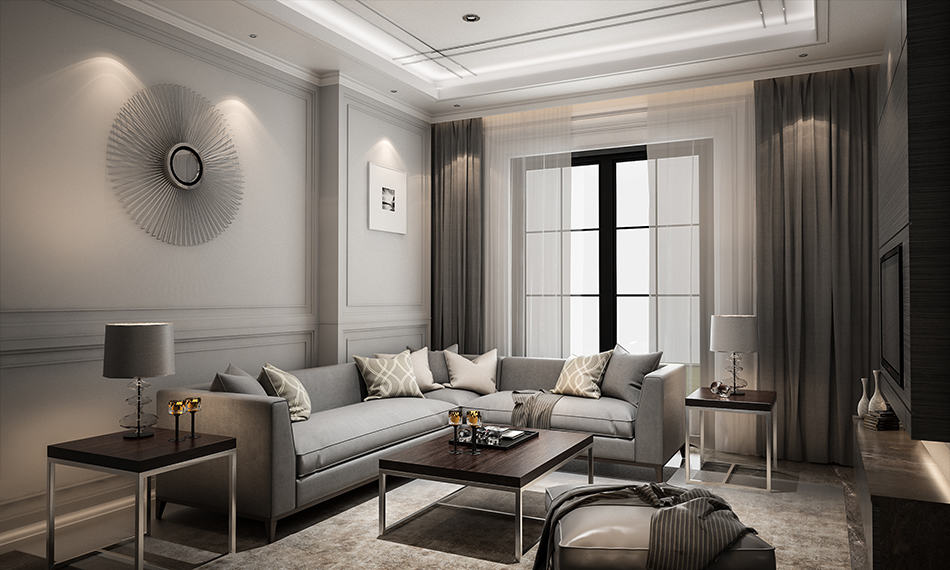 Before we delve into the average Btu for a living room, let's first understand what Btu actually means. Btu stands for British Thermal Unit, which is a unit of measurement used to quantify the amount of heat needed to raise the temperature of one pound of water by one degree Fahrenheit. In simpler terms, it is a measure of energy and is commonly used in the heating and cooling industry to determine the heating or cooling capacity of a system.
Before we delve into the average Btu for a living room, let's first understand what Btu actually means. Btu stands for British Thermal Unit, which is a unit of measurement used to quantify the amount of heat needed to raise the temperature of one pound of water by one degree Fahrenheit. In simpler terms, it is a measure of energy and is commonly used in the heating and cooling industry to determine the heating or cooling capacity of a system.
Factors Affecting Average Btu for a Living Room
 Now that we have a basic understanding of Btu, let's explore the factors that can affect the average Btu for a living room. These include the size of the room, the insulation of the house, the climate, and the type of heating system being used. A larger living room will require more Btu to properly heat it, while a well-insulated house will require less Btu as it retains heat more efficiently. Similarly, a colder climate will require more Btu compared to a warmer climate, and the type of heating system being used will also play a role in determining the average Btu.
Now that we have a basic understanding of Btu, let's explore the factors that can affect the average Btu for a living room. These include the size of the room, the insulation of the house, the climate, and the type of heating system being used. A larger living room will require more Btu to properly heat it, while a well-insulated house will require less Btu as it retains heat more efficiently. Similarly, a colder climate will require more Btu compared to a warmer climate, and the type of heating system being used will also play a role in determining the average Btu.
The Importance of Proper Heat Distribution
 Proper heat distribution is crucial in house design for several reasons. Firstly, it ensures that all areas of the house, including the living room, are evenly heated, providing comfort to the occupants. Secondly, it helps in maintaining energy efficiency and reducing costs. If the living room is not properly heated, the occupants may resort to using additional heating sources, which can lead to an increase in energy consumption and higher utility bills.
Proper heat distribution is crucial in house design for several reasons. Firstly, it ensures that all areas of the house, including the living room, are evenly heated, providing comfort to the occupants. Secondly, it helps in maintaining energy efficiency and reducing costs. If the living room is not properly heated, the occupants may resort to using additional heating sources, which can lead to an increase in energy consumption and higher utility bills.
How to Determine the Average Btu for a Living Room
 There are various methods to determine the average Btu for a living room, such as using a Btu calculator or consulting a professional HVAC technician. However, a general rule of thumb is to calculate 20-25 Btu per square foot for a well-insulated living room in a moderate climate. This means that a 300 square foot living room would require approximately 6,000-7,500 Btu.
There are various methods to determine the average Btu for a living room, such as using a Btu calculator or consulting a professional HVAC technician. However, a general rule of thumb is to calculate 20-25 Btu per square foot for a well-insulated living room in a moderate climate. This means that a 300 square foot living room would require approximately 6,000-7,500 Btu.
In Conclusion
 In conclusion, understanding the average Btu for a living room is essential in house design as it ensures proper heat distribution, comfort, and energy efficiency. By considering factors such as room size, insulation, climate, and heating system, you can determine the appropriate Btu for your living room and create a warm and cozy living space for you and your family.
In conclusion, understanding the average Btu for a living room is essential in house design as it ensures proper heat distribution, comfort, and energy efficiency. By considering factors such as room size, insulation, climate, and heating system, you can determine the appropriate Btu for your living room and create a warm and cozy living space for you and your family.



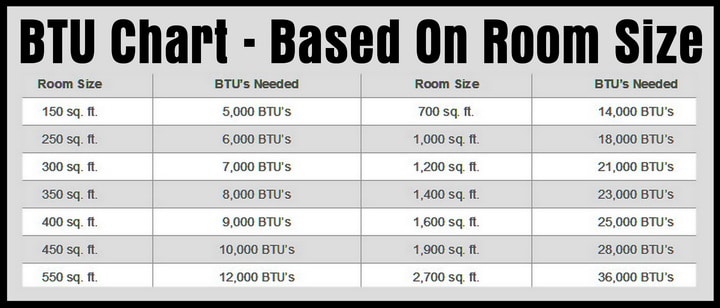






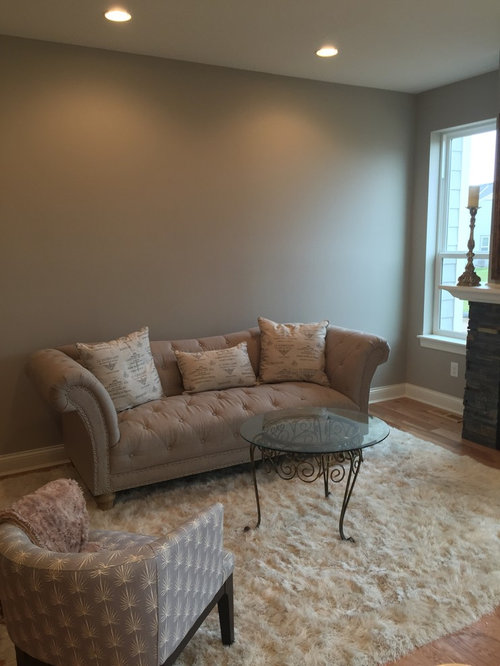
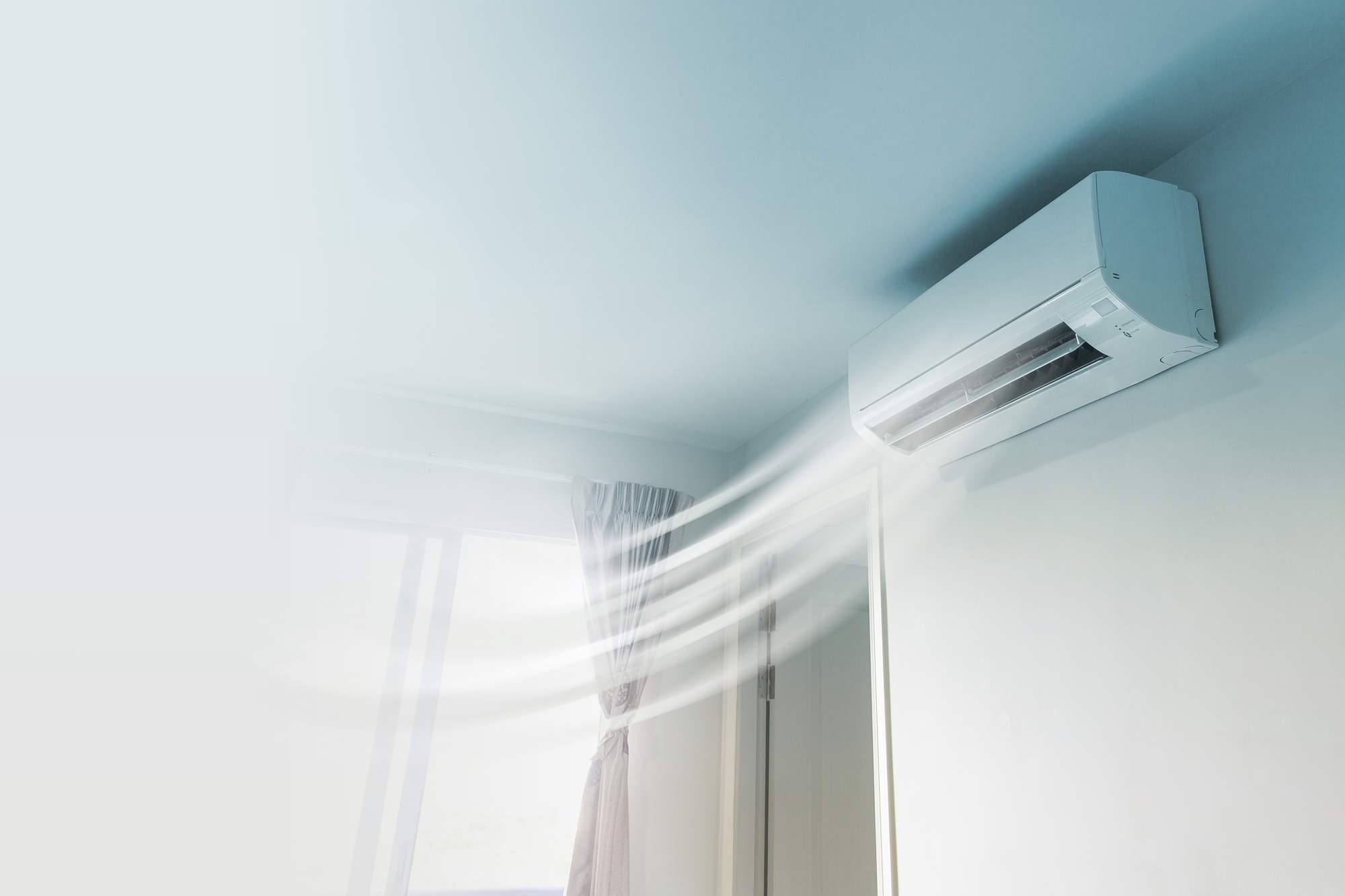

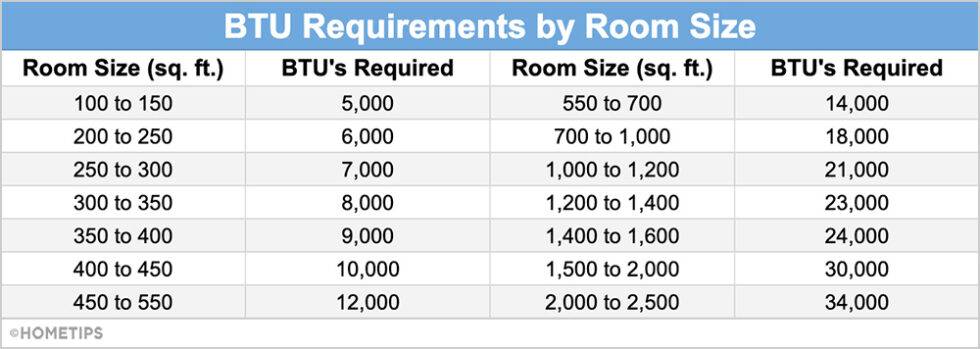

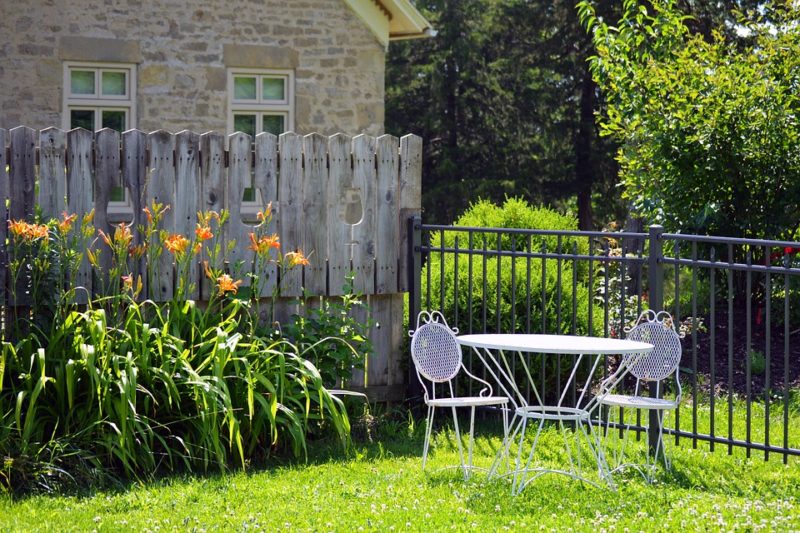
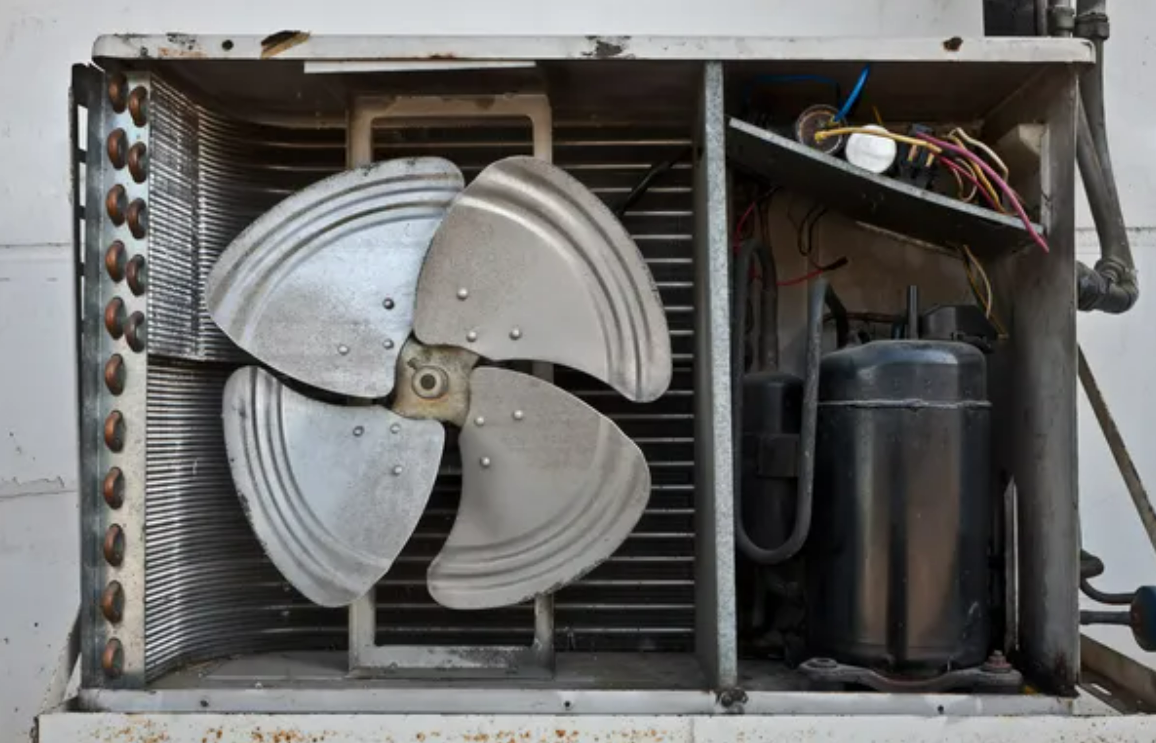







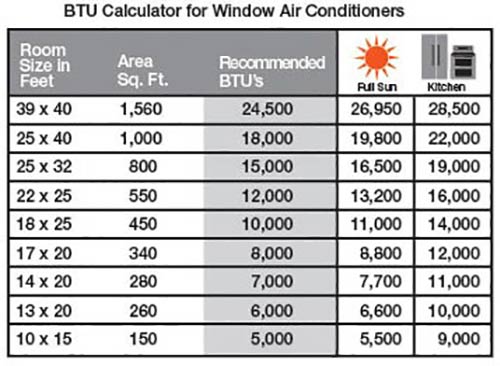
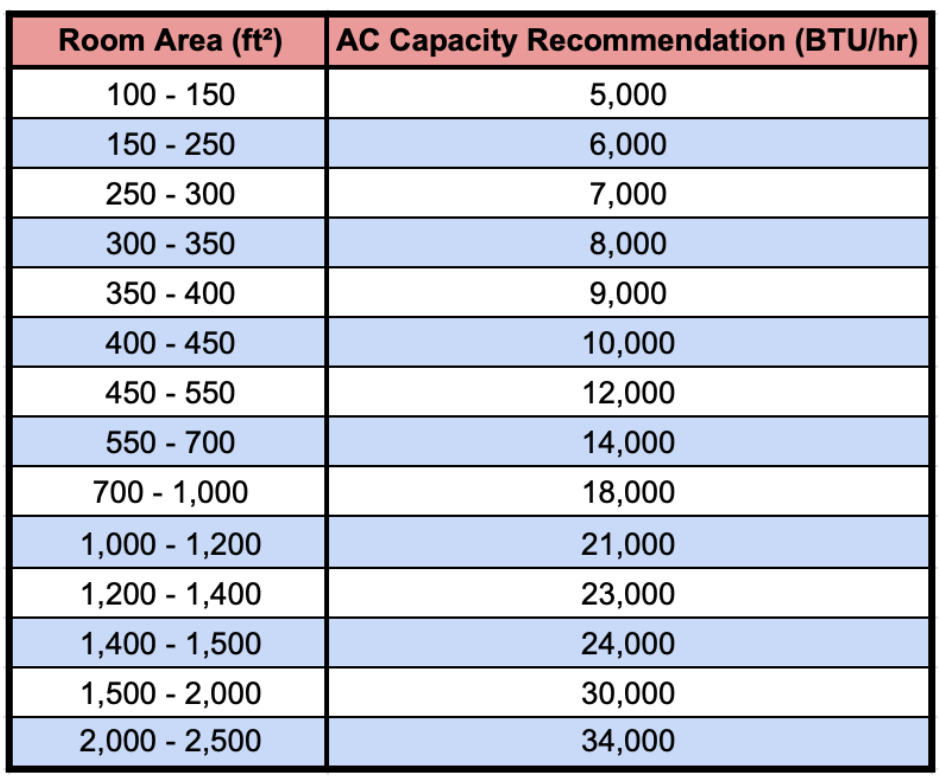
:max_bytes(150000):strip_icc()/air-conditioning-chart-1152654_final-02-c37c8b4fdf08432baf378e8f0cb9d8e0.jpg)










